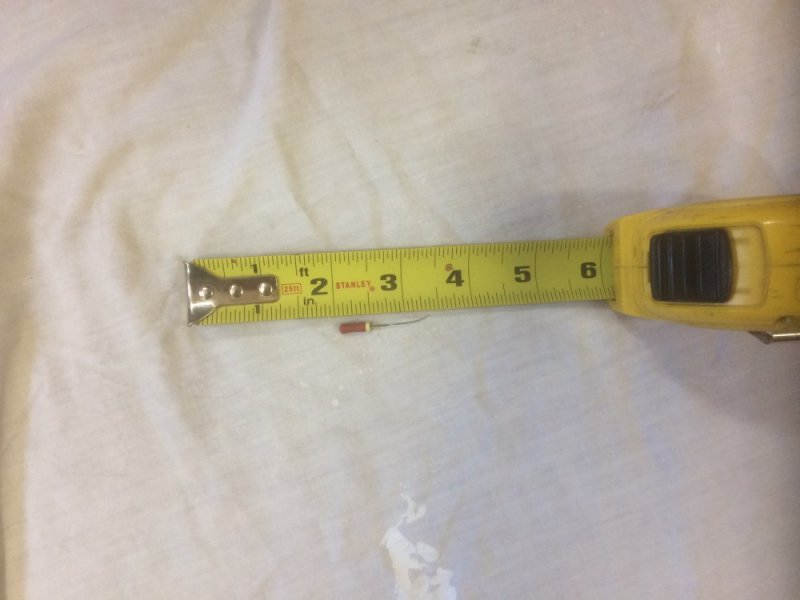JayTheCPA
Well-Known Member
Personally, I mount the IP at the OE orientation of -0.75 and let the computer do its job. This is an ongoing debate as to whether physically mounting an IP in the 'advanced' position has any (long-term) benefit in an OBD-II system.
As Ferm mentions, the #9 resistor does not benefit a OBD-II system as IIRC the computer will correct for it in time and cancel any 'benefit' that it is supposed to have.
Aside, Out of curiosity, what scanner is that?
As Ferm mentions, the #9 resistor does not benefit a OBD-II system as IIRC the computer will correct for it in time and cancel any 'benefit' that it is supposed to have.
Aside, Out of curiosity, what scanner is that?

